Stock Assessments
Stock assessments guide our fisheries management by estimating fish populations and fishing impacts to ensure sustainability. Our assessments, including benchmark and update analyses, inform management decisions for Atlantic coastal fisheries.
- Explore Current Stock Status:
- American Eel
- American Lobster
- American Shad
- Atlantic Croaker
- Atlantic Herring
- Atlantic Menhaden
- Atlantic Striped Bass
- Atlantic Sturgeon
- Black Drum
- Black Sea Bass
- Bluefish
- Coastal Sharks
- Cobia
- Horseshoe Crab
- Jonah Crab
- Northern Shrimp
- Red Drum
- River Herring
- Scup
- Spanish Mackerel
- Spiny Dogfish
- Spot
- Spotted Seatrout
- Summer Flounder
- Tautog
- Weakfish
- Winter Flounder
Learn More
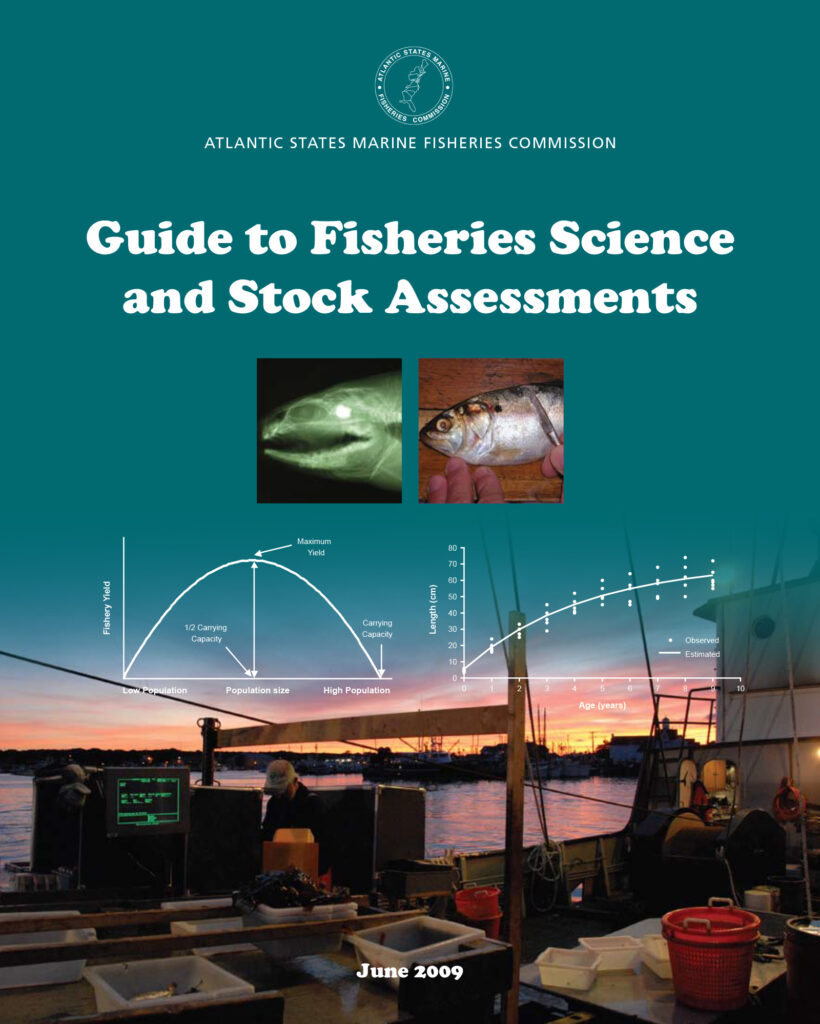
For more detailed information, download our Guide to Fisheries Science and Stock Assessments.
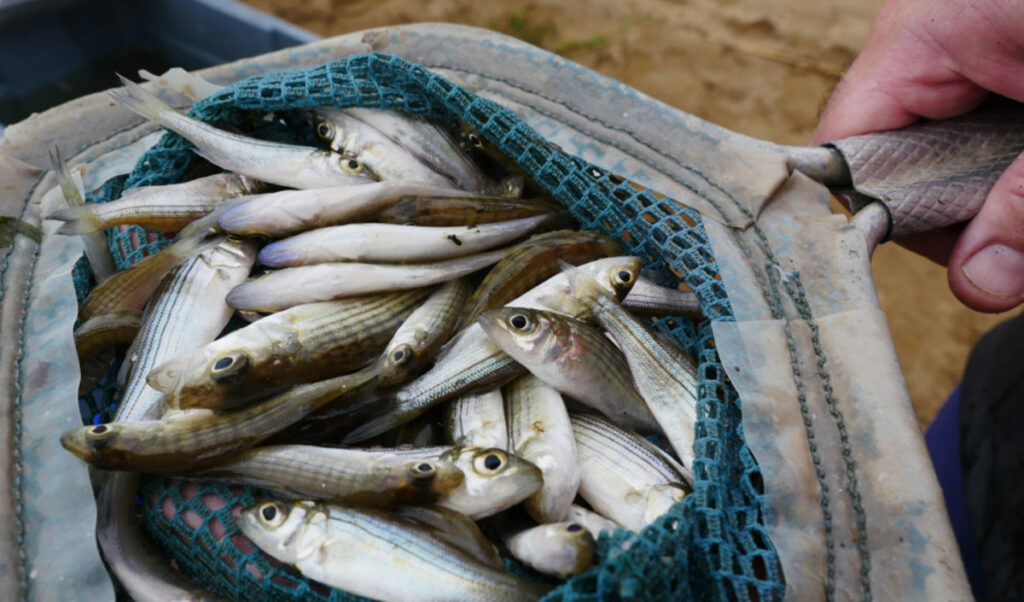
Coordinating the efforts of the Atlantic coastal states in the development and implementation of interstate fisheries management programs is the Commission’s primary role, with stock assessments forming the basis of management programs. The Commission assesses fish stocks to determine their status, to evaluate how stocks have been affected by management actions, and to forecast future stock conditions under potential new management actions.
Definitions, Guidance, and Oversight
In fisheries, determining stock status means estimating the size of the population, either in numbers of fish (abundance) or the total weight of the population (biomass), and the rate at which fish are removed by fishing (fishing mortality rate). Population size and fishing mortality rate are compared to reference points that define sustainable conditions to determine whether the stock is overfished (the population size is too low) or overfishing is occurring (the fishing mortality rate is too high).
The Commission conducts stock assessments on Commission-managed species in order to determine the health and status of the fish stocks and to provide scientific advice to fisheries managers. The Commission also works closely with NOAA (National Oceanic and Atmospheric Administration) Fisheries Science Centers and Regional Fishery Management Councils on the assessments for jointly or cooperatively managed species, such as Atlantic herring, summer flounder, and Spanish mackerel.
Generally, the Commission conducts two types of stock assessments: (1) a benchmark stock assessment and (2) a stock assessment update. A benchmark stock assessment is a full analysis and review of the stock condition, focusing on the consideration of new data sources and newer or improved assessment models. This assessment is generally conducted every three to five years and undergoes a formal peer review by a panel of independent fisheries scientists (peer-reviewed stock assessment). A stock assessment update incorporates data from the most recent years into the peer-reviewed assessment model to determine current stock status (abundance and overfishing level).
Peer Review
In order to ensure the quality and credibility of its stock assessments for management use, the Commission oversees a formal external peer review process to evaluate all benchmark assessments to determine whether the data and methods used to produce the assessment are scientifically sound and appropriate for management use. The Commission’s stock assessment peer review process also includes regional programs following similar procedures coordinated by NOAA Fisheries — the Northeast Stock Assessment Workshop/Stock Assessment Review Committee (SAW/SARC) and the SouthEast Data and Assessment Review (SEDAR).
Northeast Region Coordinating Council
Within the Northeast region the Commission, along with NOAA Fisheries Greater Atlantic Regional Fisheries Office, the Mid-Atlantic Fishery Management Council, the New England Fishery Management Council, and NOAA Fisheries Northeast Fisheries Science Center, also participates as a member of the Northeast Region Coordinating Council (NRCC). Formed in 2001, the NRCC’s mission is to “prioritize, communicate, and coordinate fisheries scientific and management resources through in-person meetings that include federal, state, council, and commission managers and scientists of the Greater Atlantic Region of the United States.”
In 2019, the NRCC established a new and more collaborative fishery stock assessment process with assessments scheduled years in advance to allow for better planning. The process involves two types of assessments – management track and research track. Management track assessments provide routine, scheduled, and updated advice to directly inform management actions. These assessments are designed to be simple, quick, efficient, and flexible; and able to incorporate new information on a regular cycle. Management track assessments ensure that stock status is updated on a regular and predictable basis. Research track assessments are complex scientific efforts that are designed to be carried out over several years. They can: (1) focus on research topics or on one or more individual stocks; (2) evaluate an issue or new model that could apply to many stocks; and/or consider extensive changes in data, model, or stock structure. Both management and research track assessments are generally conducted though SAW/SARC, with the exception of Commission-only managed species, such as Atlantic striped bass and American lobster. For more information on the NRCC process, visit https://www.nefmc.org/committees/northeast-regional-coordinating-council-nrcc.
Training
The Commission conducts workshops and distributes educational materials to provide hands-on training to state fishery biologists in quantitative population dynamics and stock assessment models. Advanced workshops have also been conducted for those state and federal stock assessment scientists in order to facilitate an exchange of information and provide state-of-the-art training in uncertainty principles and modeling techniques.
For managers and stakeholders, a Guide to Fisheries Science and Stock Assessments provides an introduction to the concepts and methods that form the basis of stock assessments. Layman educational seminars are also periodically conducted to increase understanding of stock assessment methods and applications.
Related Documents
- ASMFC Stock Assessment Schedule
- Technical Support Group Guidance and Benchmark Stock Assessment Process (revised August 2019)
- Fishery-independent Data Use Policy (May 2015)
- Stock Assessment Training Program Guidance Document
- Development and Use of Reference Points (December 2008)
- Retrospective Pattern Advice Document (January 2024)
- Report of the Juvenile Abundance Indices Workshop (January 1996)
Contacts
- Patrick Campfield, Director, Fisheries Science Program (PCampfield@asmfc.org)
- Assessment Science Committee — Joey Ballenger, Chair
Current Stock Status
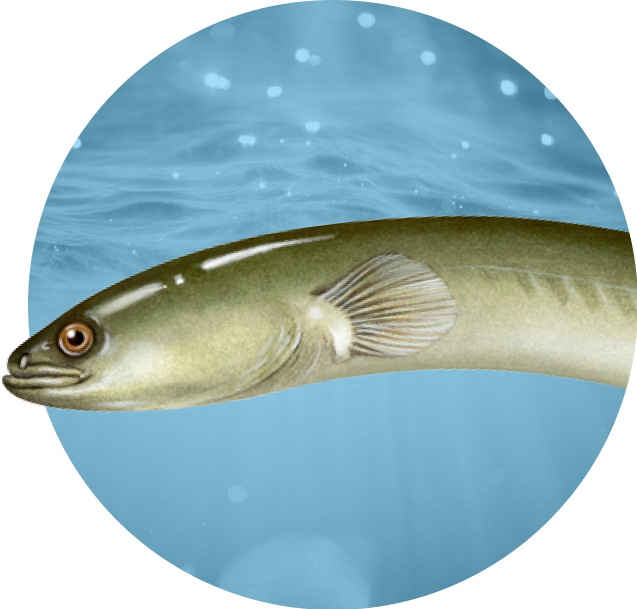
American Eel
-
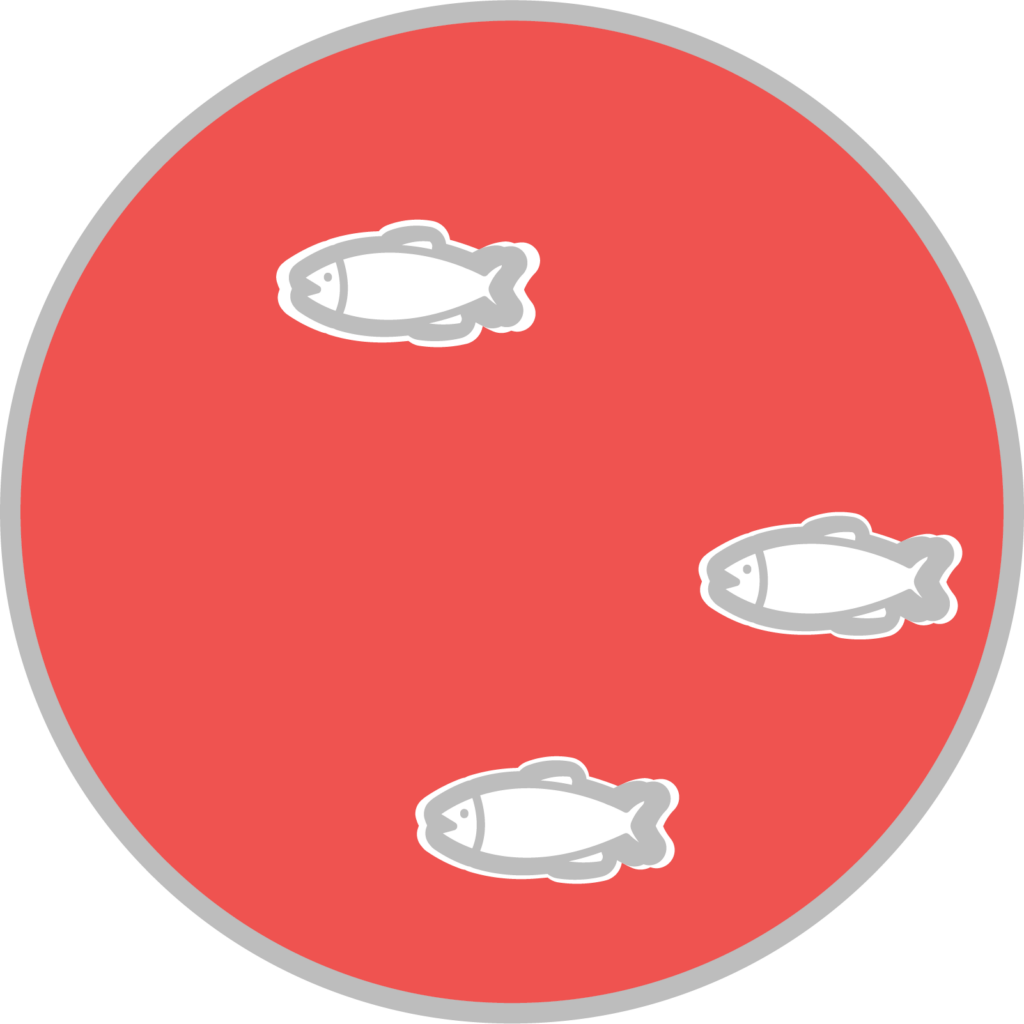
Population Abundance
Depleted

Fishing Mortality
Unknown
Current Status
Stock status based on trend analysis in 2023 benchmark stock assessment. Coastwide yellow eel harvest cap reduced to 518,281 pounds based on assessment and continued population decline. Maine’s glass eel quota set at 9,688 pounds for 2025-2027.
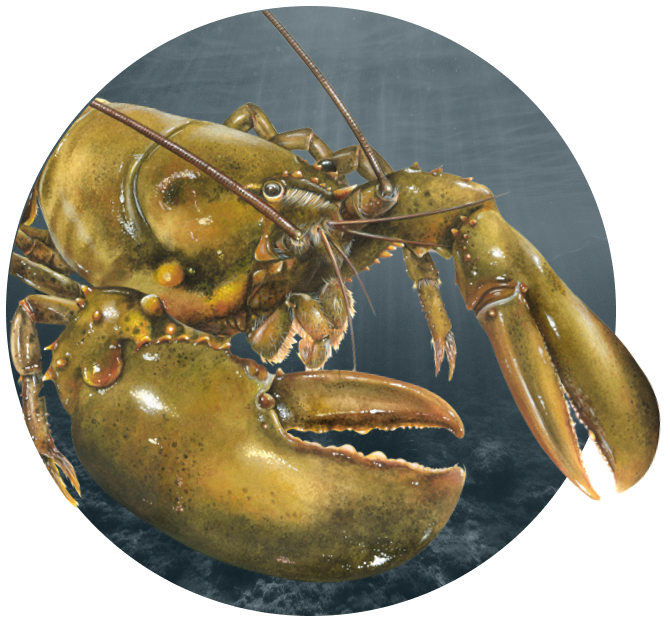
American Lobster
-
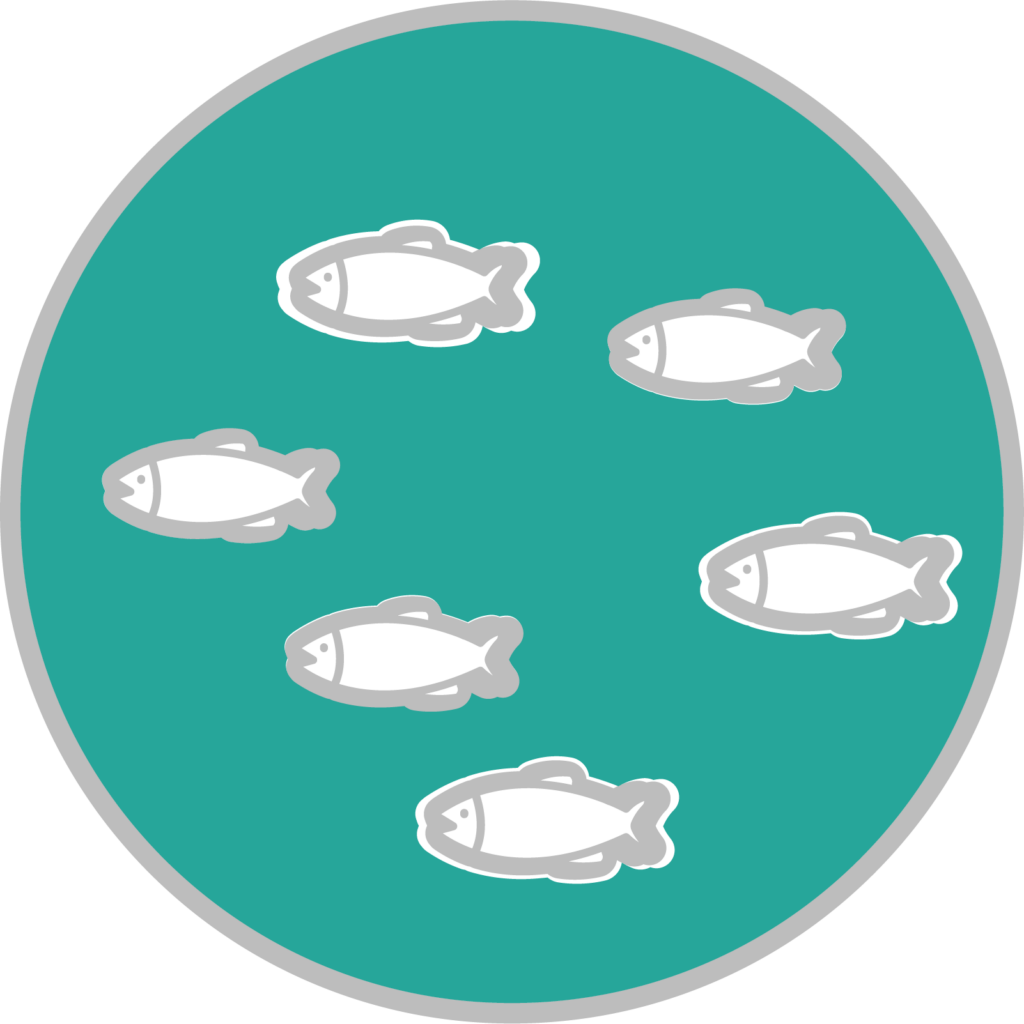
Gulf of Maine / Georges Bank
Population Abundance
Not depleted

Gulf of Maine / Georges Bank
Fishing Mortality
Overfishing not occurring

Southern New England
Population Abundance
Depleted

Southern New England
Fishing Mortality
Overfishing not occurring
Current Status
Stock status based on 2020 benchmark assessment. GOM/GB abundance and recruitment near record highs. Addendum XXVII (2023) aims to increase protection of spawning stock. SNE abundance and recruitment lowest on record. Benchmark assessment underway for both stocks.
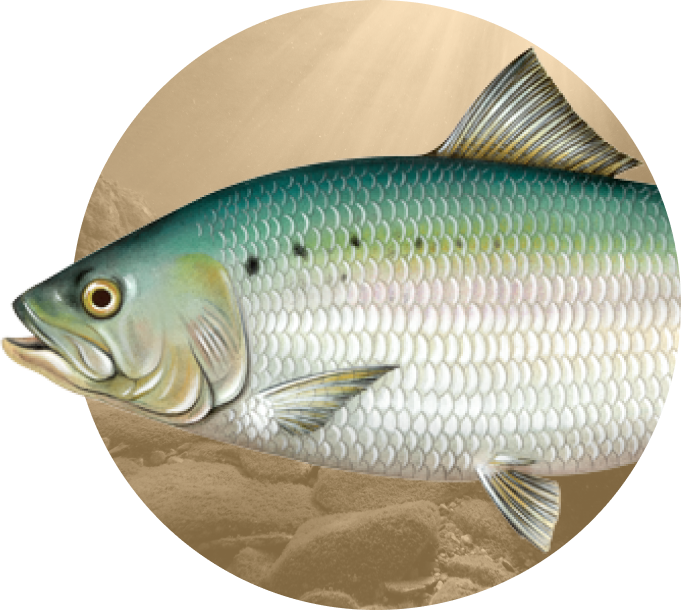
American Shad
-

Population Abundance
Depleted

Total Mortality
Unknown
Current Status
Stock status based on 2020 benchmark assessment, with the species depleted on a coastwide basis, and river-specific abundance and total mortality varying by river system. Recovery limited by restricted access to spawning habitat. Amendment 3 established 2013 moratorium unless river-specific sustainability can be documented.
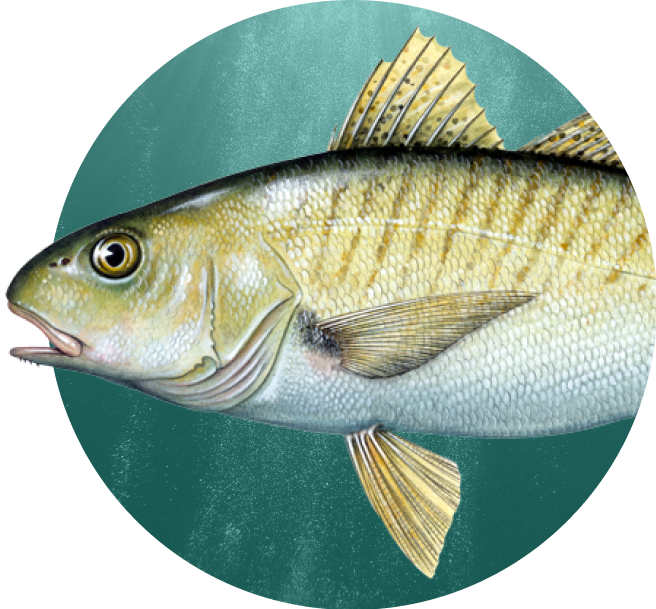
Atlantic Croaker
-

Population Abundance
Unknown

Fishing Mortality
Unknown
Current Status
Management action based on trend analysis for the Mid-Atlantic and South Atlantic. Changes to recreational and commercial fishery regulations implemented in 2020. Benchmark assessment underway.
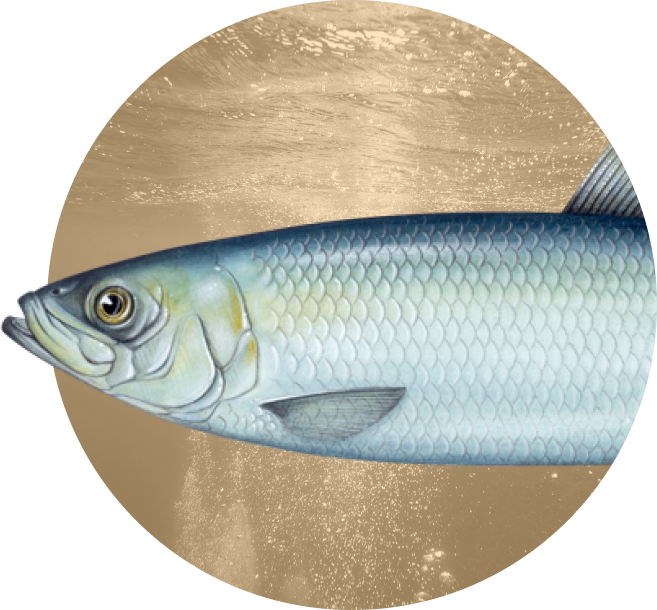
Atlantic Herring
-

Population Abundance
Overfished

Fishing Mortality
Overfishing not occurring
Current Status
Stock status based on 2024 assessment update. Spawning stock biomass at 26% of target. Restrictive management measures in place.
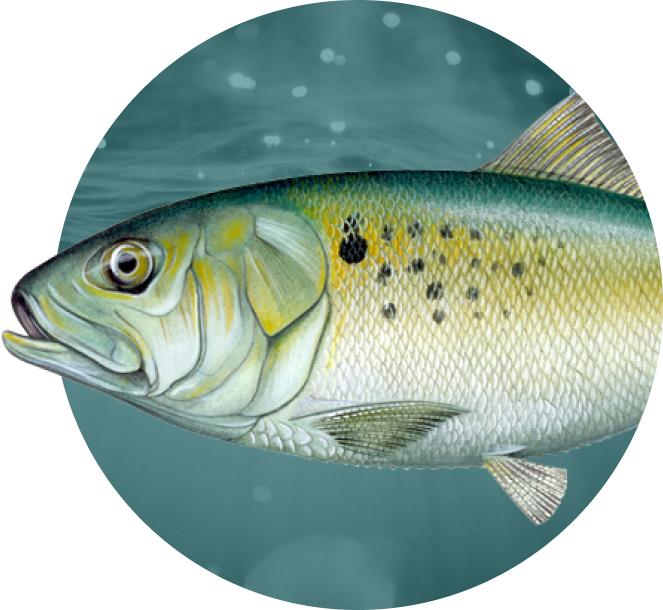
Atlantic Menhaden
-
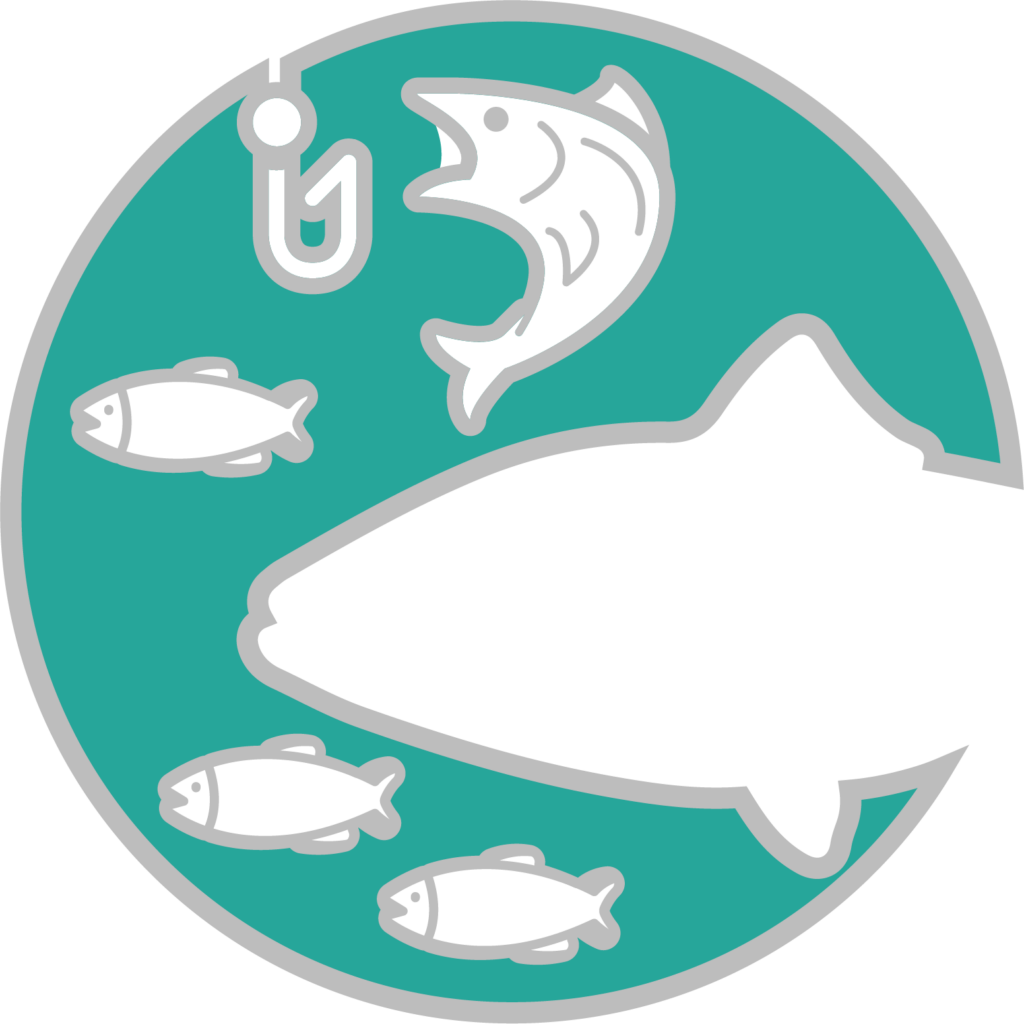
Population Abundance
Not overfished

Fishing Mortality
Overfishing not occurring
Current Status
Stock status based on 2022 assessment update. Use of ecological reference points (ERPs) implemented in 2020. Single-species assessment update and ERP benchmark assessment and peer review scheduled for 2025.
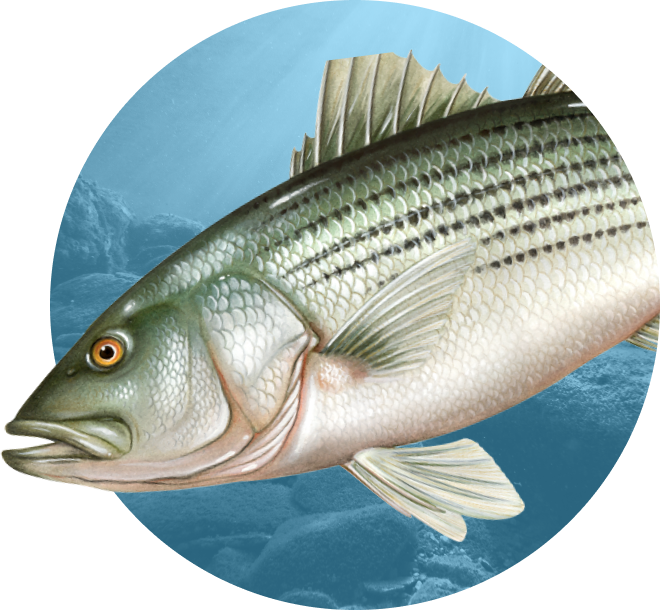
Atlantic Striped Bass
-

Population Abundance
Overfished

Fishing Mortality
Overfishing not occurring
Current Status
Stock status based on 2022 assessment update. Restrictive measures implemented in 2020 and 2024 to reduce fishing mortality and support stock rebuilding.
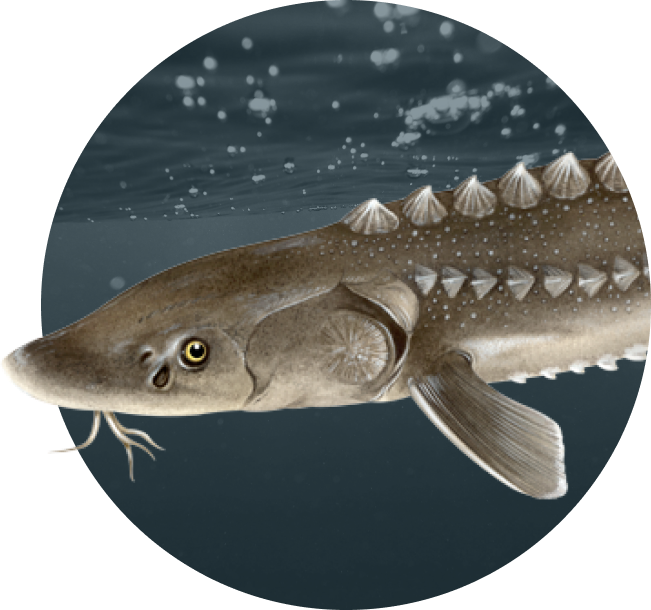
Atlantic Sturgeon
-

Population Abundance
Depleted
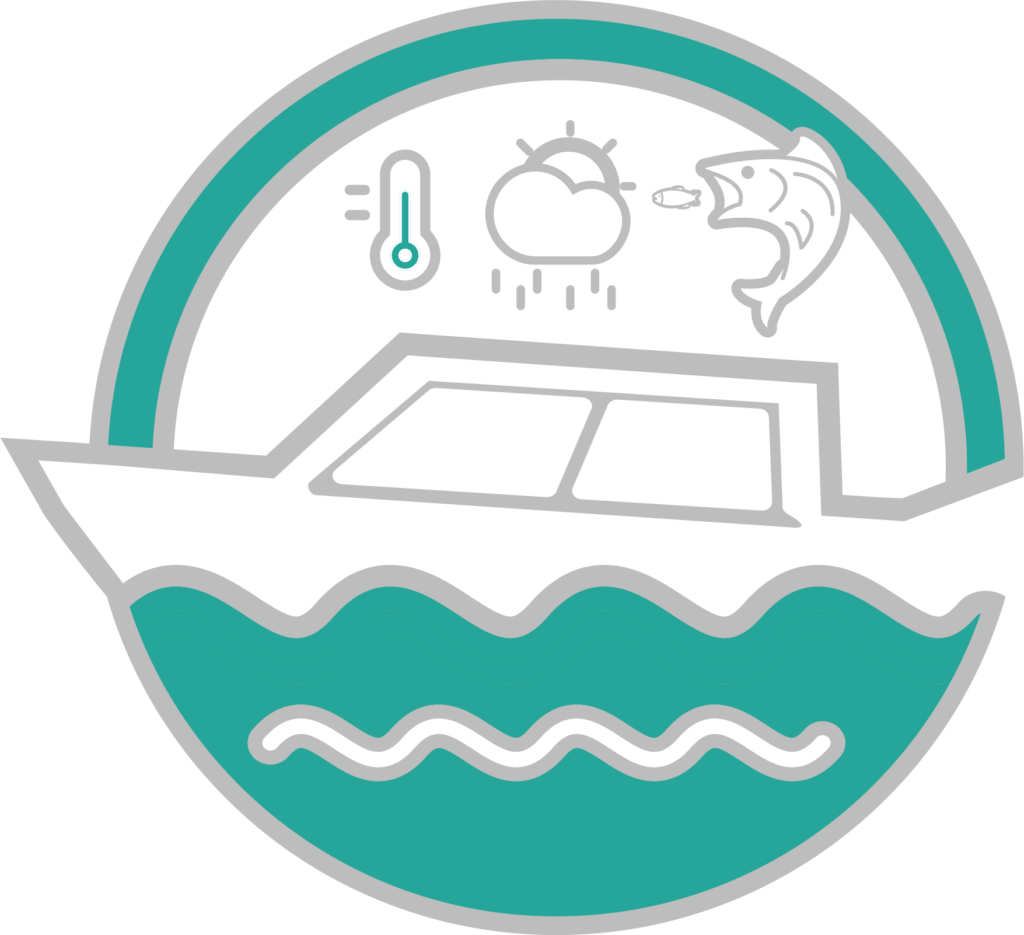
Total Mortality
Below threshold
Current Status
Stock status based on 2024 assessment update. Coastwide abundance has likely increased since 1998 and total mortality is likely below reference point. Mixed results at distinct population levels. 40+ year moratorium implemented in 1998. Listed under the ESA in 2012.
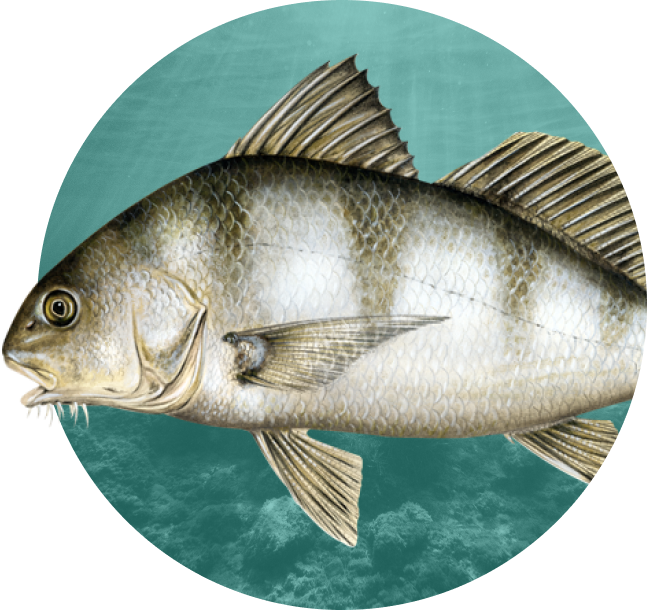
Black Drum
-

Population Abundance
Not overfished

Fishing Mortality
Overfishing not occurring
Current Status
Stock status based on 2023 benchmark assessment. Spawning biomass has been increasing. Exploitation has remained at a higher, stable level since the early 2000s.

Black Sea Bass
-

Population Abundance
Not overfished

Fishing Mortality
Overfishing not occurring
Current Status
Stock status based on 2024 management track stock assessment. Spawning stock biomass estimated to be 2.2 times the biomass target. Management track scheduled for mid-2025.
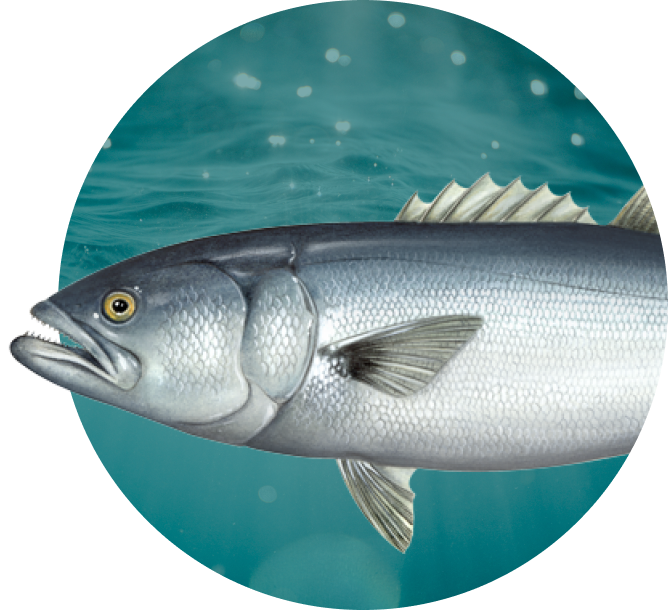
Bluefish
-

Population Abundance
Not overfished

Fishing Mortality
Overfishing not occurring
Current Status
Stock status based on 2023 management track stock assessment. Amendment 2 (2021) established a 7-year rebuilding program, which will be in effect until biomass reaches target. Management track assessment scheduled for June 2025.
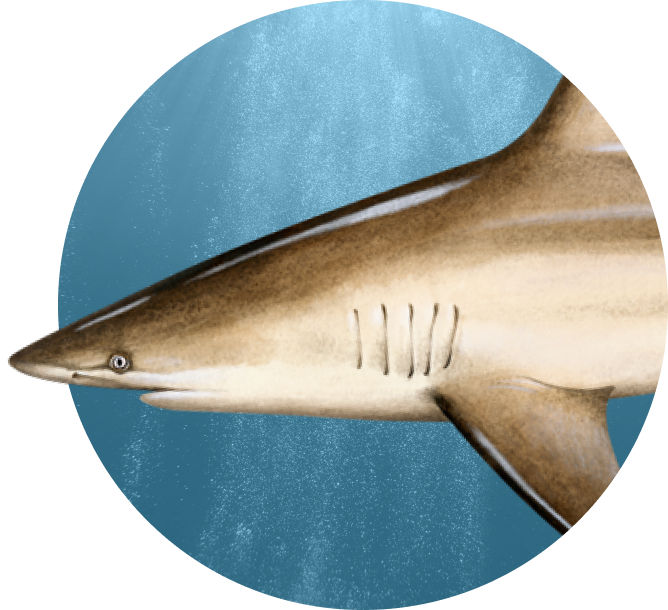
Coastal Sharks
-

Population Abundance
Varies by species

Fishing Mortality
Varies by species
Current Status
Stock status based on 2024 management track stock assessment. Spawning stock biomass estimated to be 2.2 times the biomass target. Management track scheduled for mid-2025.
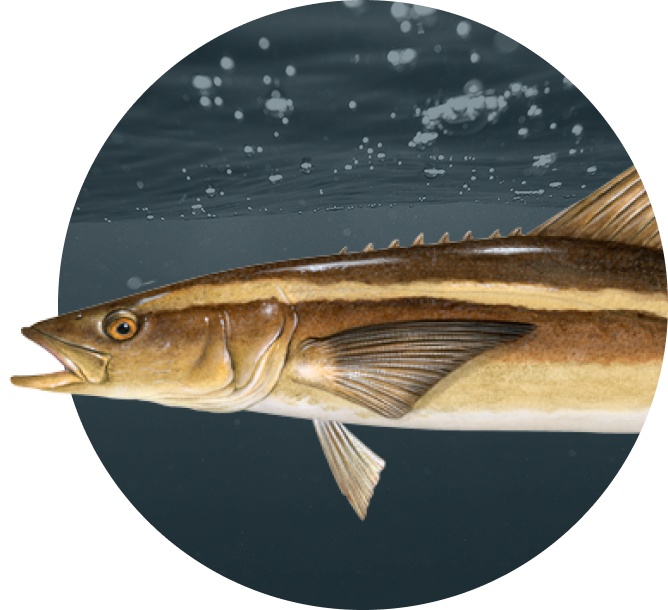
Cobia
-

Population Abundance
Not overfished

Fishing Mortality
Overfishing not occurring
Current Status
Stock status based on 2020 benchmark stock assessment. Pattern of rapid biomass increases in strong recruitment years followed by years of decline. Addendum II (2024) modifies recreational allocation framework, allows Board to quickly update allocations if underlying data are revised, expands range of data used in harvest evaluations, and allows Board to set management measures for longer periods.
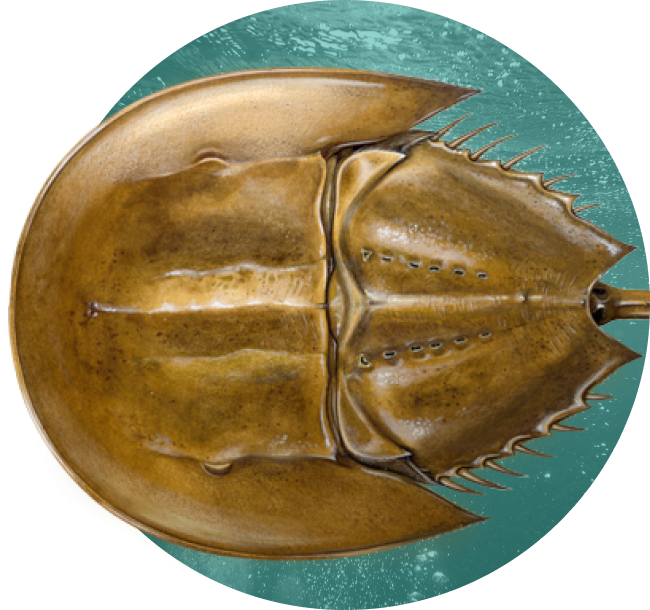
Horseshoe Crab
-

Population Abundance
Unknown

Fishing Mortality
Unknown
Current Status
Stock status based on trend analysis in 2024 benchmark assessment update. NE region stock stable; NY region stock poor; and DE Bay and SE region stocks good. Coastwide abundance has fluctuated, with many surveys decreasing after 1998 but increasing in recent years. ARM Framework used since 2013 to set harvest levels for DE Bay-origin horseshoe crabs.
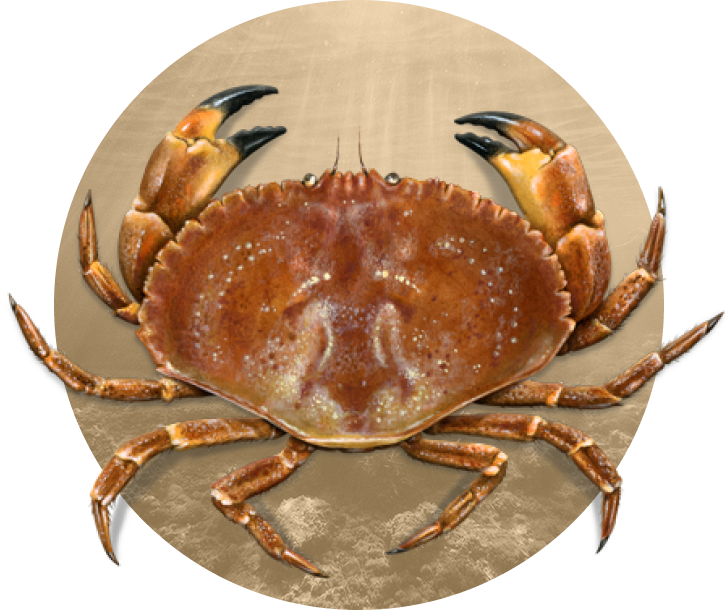
Jonah Crab
-

Population Abundance
Not depleted

Fishing Mortality
Unknown
Current Status
Stock status based on 2023 benchmark assessment, Coastwide population abundance remains above historic lows but recent declines in landings and catch per unit effort should be closely monitored. Measures implemented to prevent harvest of immature crabs and cap fishery to limit expansion.
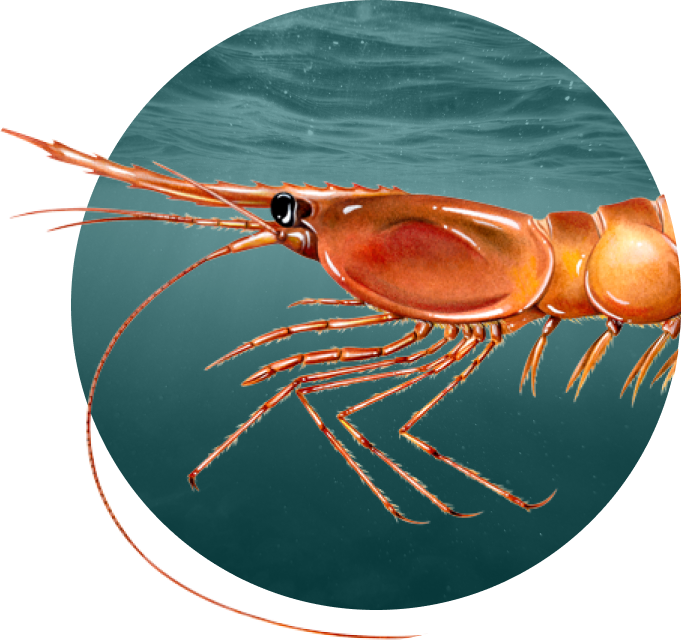
Northern Shrimp
-

Population Abundance
Depleted

Fishing Mortality
Overfishing not occurring
Current Status
Stock status based on 2024 stock assessment update. Spawning stock biomass estimated to be the lowest in the time series and recruitment has remained below the time series average for over the past decade. Environmental conditions continue to be unfavorable to rebuilding. Moratorium in place since 2014 to protect remaining spawning population. Amendment 4 initiated to consider extending specifications setting timeline to allow for ongoing or multiyear harvest moratoria and adding management triggers to the management program.
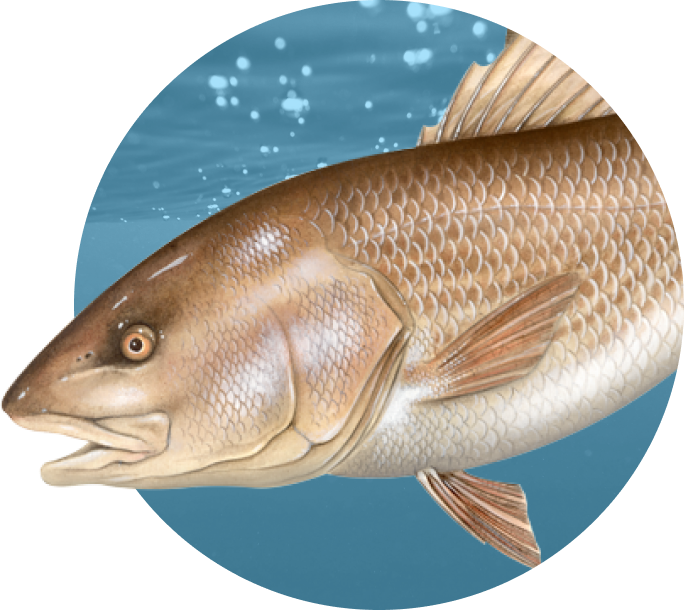
Red Drum
-

Northern Stock
Population Abundance
Not overfished

Northern Stock
Fishing Mortality
Overfishing not occurring

Southern Stock
Population Abundance
Overfished

Southern Stock
Fishing Mortality
Overfishing occurring
Current Status
Stock status based on 2024 benchmark stock assessment. Northern stock assessed using TLA; adult abundance and fishery performance metrics generally favorable although fishery performance metric indicates increasing fishing mortality in recent years. Continued monitoring is recommended.
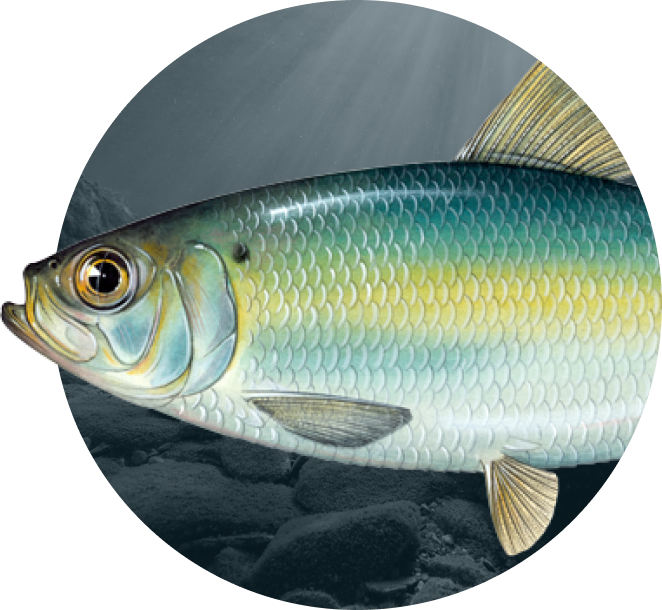
River Herring
-

Population Abundance
Depleted

Total Mortality
Unknown
Current Status
Stock status based on 2024 benchmark assessment, with the species depleted on a coastwide basis and river-specific abundance and total mortality varying by river system. Amendment 2 established 2012 moratorium unless river-specific sustainability can be documented.
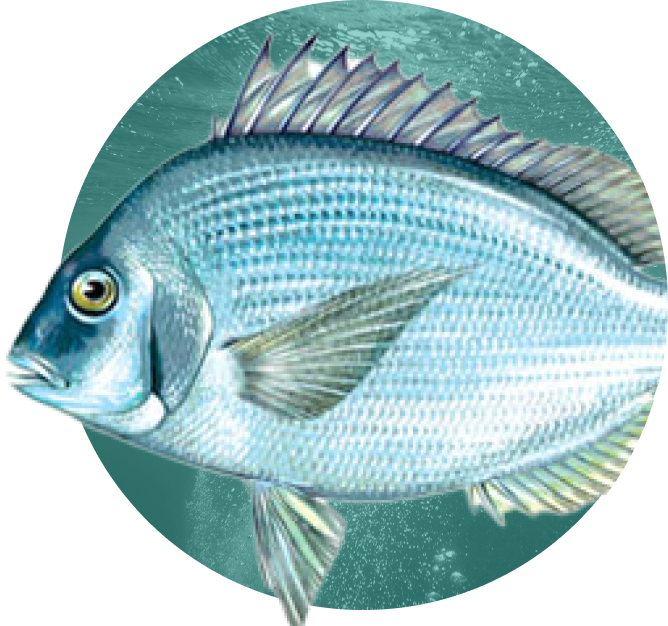
Scup
-

Population Abundance
Not overfished

Fishing Mortality
Overfishing not occurring
Current Status
Stock status based on 2023 management track stock assessment. Spawning stock biomass estimated to be over two times its target. Management track assessment scheduled for 2025.
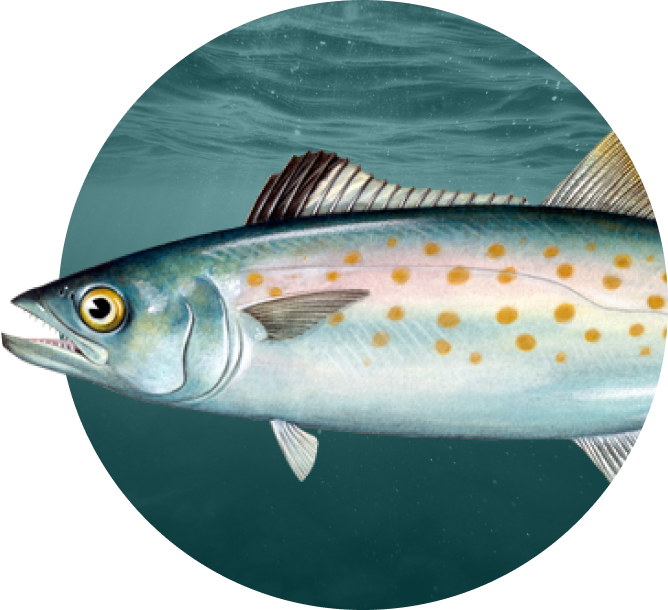
Spanish Mackerel
-

Population Abundance
Not overfished

Fishing Mortality
Overfishing not occurring
Current Status
Stock status based on 2022 stock assessment update. However, if the high fishing mortality rate seen in 2020 continues, the stock may fall into an overfishing status.
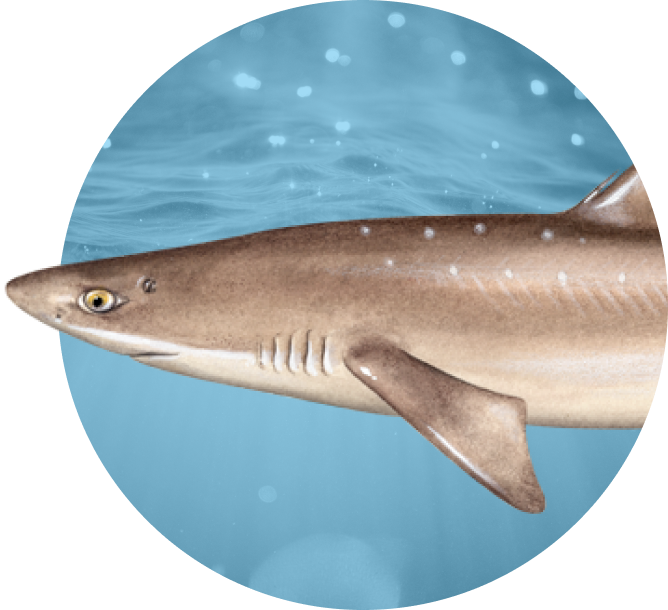
Spiny Dogfish
-

Population Abundance
Not overfished

Fishing Mortality
Overfishing not occurring
Current Status
Stock status based on 2023 management track assessment. Despite a decline in stock productivity, spawning stock biomass estimated to be 101% of the target, and fishing mortality to be 89% of the threshold.
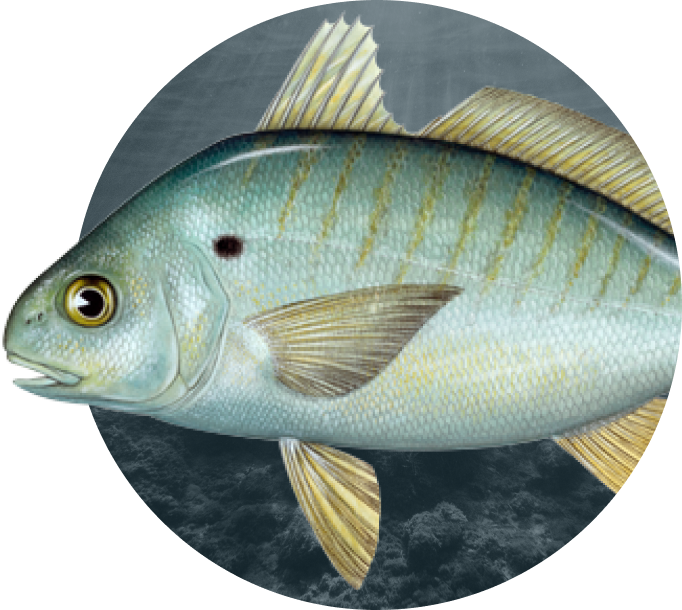
Spot
-

Population Abundance
Unknown

Fishing Mortality
Unknown
Current Status
Management action based on trend analysis for the Mid-Atlantic and South Atlantic. Changes to recreational/commercial fishery regulations initiated in 2020. Benchmark assessment will be initiated following completion of Atlantic croaker assessment.
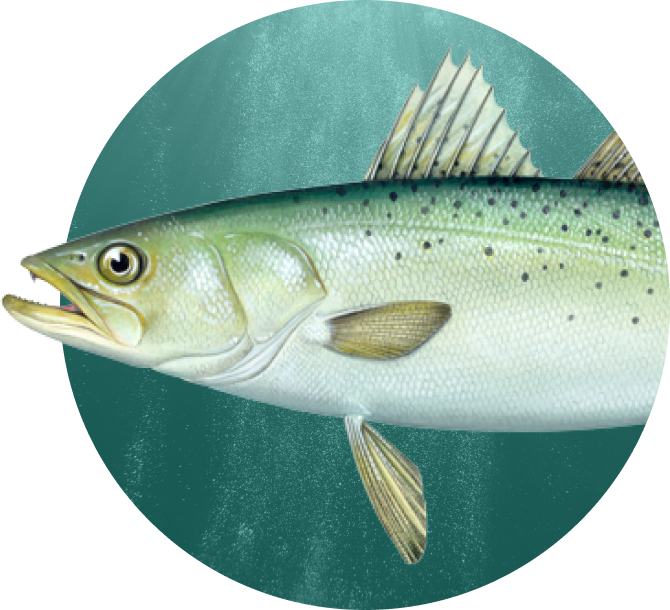
Spotted Seatrout
-

Population Abundance
Unknown

Fishing Mortality
Unknown
Current Status
No range-wide assessment. Omnibus Amendment includes measures to protect spawning stock & established 12” minimum size limit.
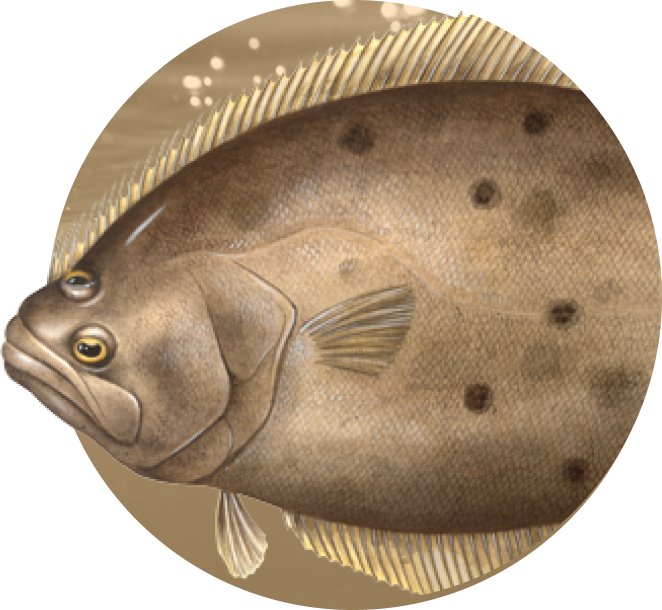
Summer Flounder
-

Population Abundance
Not overfished

Fishing Mortality
Overfishing occurring
Current Status
Stock status based on 2023 assessment. Assessment detected patterns of declining maturity and mean length/weights at age. Management track assessment scheduled for 2025.
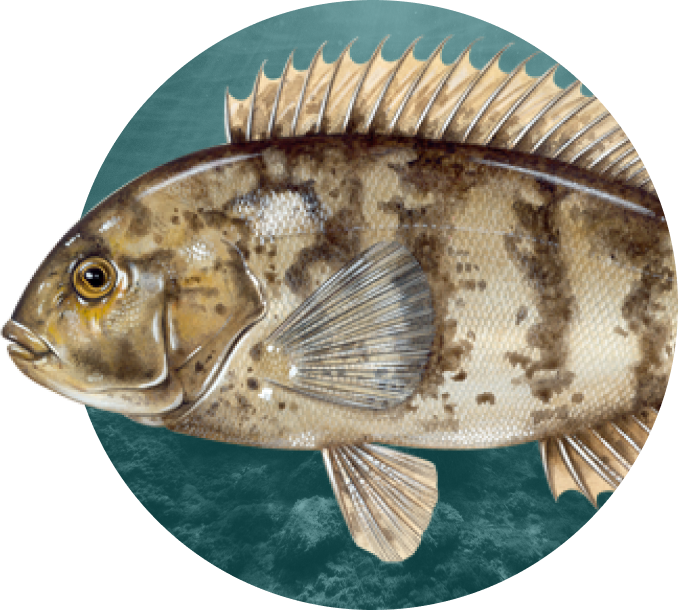
Tautog
-

Massachusetts-Rhode Island
Population Abundance
Not overfished

Massachusetts-Rhode Island
Fishing Mortality
Overfishing not occurring

Long Island Sound
Population Abundance
Not overfished

Long Island Sound
Fishing Mortality
Overfishing not occurring

New Jersey-New York Bight
Population Abundance
Overfished

New Jersey-New York Bight
Fishing Mortality
Overfishing not occurring

Delaware-Maryland-Virginia
Population Abundance
Not overfished

Delaware-Maryland-Virginia
Fishing Mortality
Overfishing not occurring
Current Status
Stock status based on 2021 assessment update, which found improvements in all regions. Assessment update scheduled for 2025.
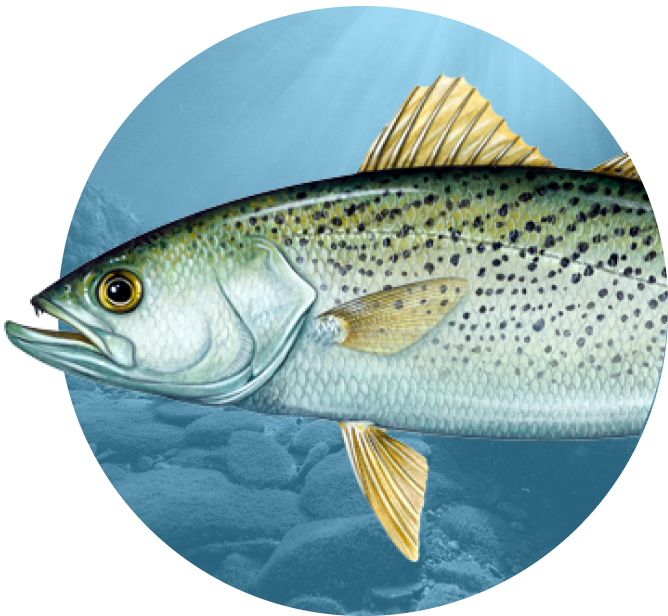
Weakfish
-

Population Abundance
Depleted

Fishing Mortality
Overfishing not occurring
Current Status
Stock status based on 2019 assessment update. Species depleted since 2003. Population experiencing high levels of natural mortality, preventing stock recovery. Harvest limited to 1 fish bag limit and a 100-pound commercial bycatch limit. Stock assessment update scheduled for 2025.
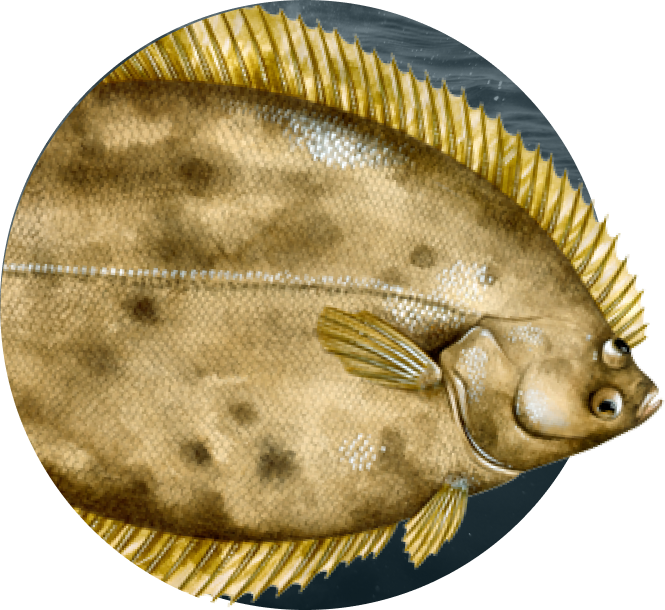
Winter Flounder
-

Gulf of Maine (GOM)
Population Abundance
Unknown

Gulf of Maine (GOM)
Fishing Mortality
Overfishing not occurring

Southern New England/Mid-Atlantic
Population Abundance
Not overfished

Southern New England/Mid-Atlantic
Fishing Mortality
Overfishing not occurring
Current Status
Stock status based on 2022 management track assessment. GOM abundance indices relatively flat over time series with an increase in 2021/2022. SNE/MA spawning stock biomass at record lows despite sustained low levels of fishing mortality. Recruitment has declined sharply since 1980s and remains near time series low. Change in overfished status due to a change in the recruitment time series used to estimate biological reference points, rather than an improvement in the stock. Management track and research track assessments scheduled for both stocks for 2025 and 2026, respectively.